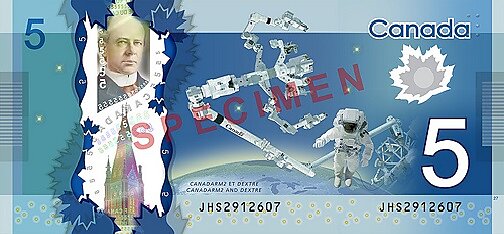Congress should privatize federally-owned businesses such as Amtrak, the postal service, and the air traffic control system. Privatization would cut costs and improve customer service, as I discuss here. It would also boost U.S. innovation and exports.
Typically, federal government businesses do not export their goods, services, or technologies. They have no incentive to do so. They are content to live the quiet life, and they have little reason to innovate or seek foreign markets. As such, keeping business activities trapped inside of bureaucracies restricts growth opportunities for the economy.
In a new article on air traffic control (ATC), Rui Neiva of the Eno Center illustrates the theme. He discusses how the privatized Canadian ATC company developed and implemented “electronic flight strips” years ago, while our government ATC bureau is still struggling to adopt this advance.
By 2009, all NAV CANADA facilities, including those serving general aviation, were equipped with electronic flight strips. Given that NAV CANADA is both an operator and a manufacturer of equipment for ATC, the technology that they developed has been sold to multiple countries worldwide, including Australia, Denmark, Dubai, Italy, and United Kingdom.
Canada privatized its ATC system in 1996 as Nav Canada. The company is a leader in ATC innovation and has developed numerous technologies, such as the flight strips, that it exports abroad. Bob Poole noted, “The technical expertise at Nav Canada has led to a thriving business marketing innovative ATC hardware and software and advising other air navigation service providers on modernization.”
Nav Canada earns income from foreign contracts and royalties, which in turn helps fund its ongoing research. Another interesting byproduct of Canadian privatization is Searidge Technologies, which is a Canadian company that is developing “remote tower” services for ATC systems. Nav Canada was an early investor in Searidge and today is co-owner.
Now consider another industry run by our government: currency printing. Our money is printed by the U.S. Bureau of Engraving and Printing. But Canada has long contracted out the printing of its money to the Canadian Bank Note Company and other firms.
Canadian Bank Note Company has used its domestic expertise as a base to go global, and today it prints money, stamps, and high-end security products for clients in 60 counties. Meanwhile, the Bureau of Engraving and Printing supplies only the U.S. market and does not export.
Government agencies fall behind because they are cut off from global markets and the need to compete. Look at the U.S. government-made bills in your wallet. Boring! Now look at this cool Canadian fiver or this New Zealand fiver, both manufactured from high-tech plastics by the Canadian Bank Note Company. The NZ bill won “international bank note of the year” in 2015.
The lesson is that we deny opportunities to American entrepreneurs when we keep businesses entombed in the government. Moving ATC, currency printing, and other activities to the private sector would allow American workers to capitalize on their skills and sell their innovations worldwide.
More on air traffic control here.
More on privatization here.
Join me, Michael Sargent, and Rep. Tom Massie at the Heritage Foundation tomorrow to discuss air traffic control reform.

